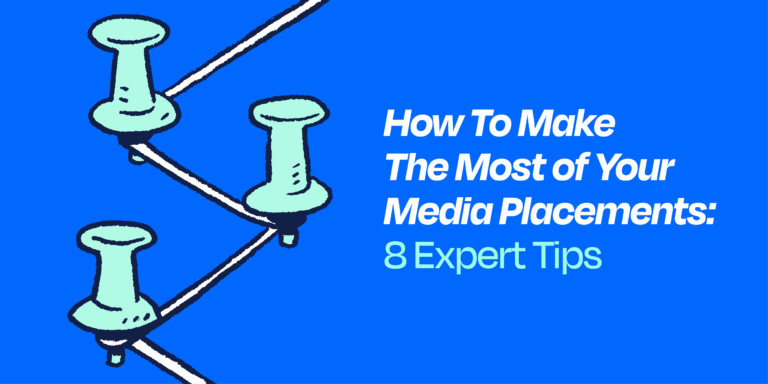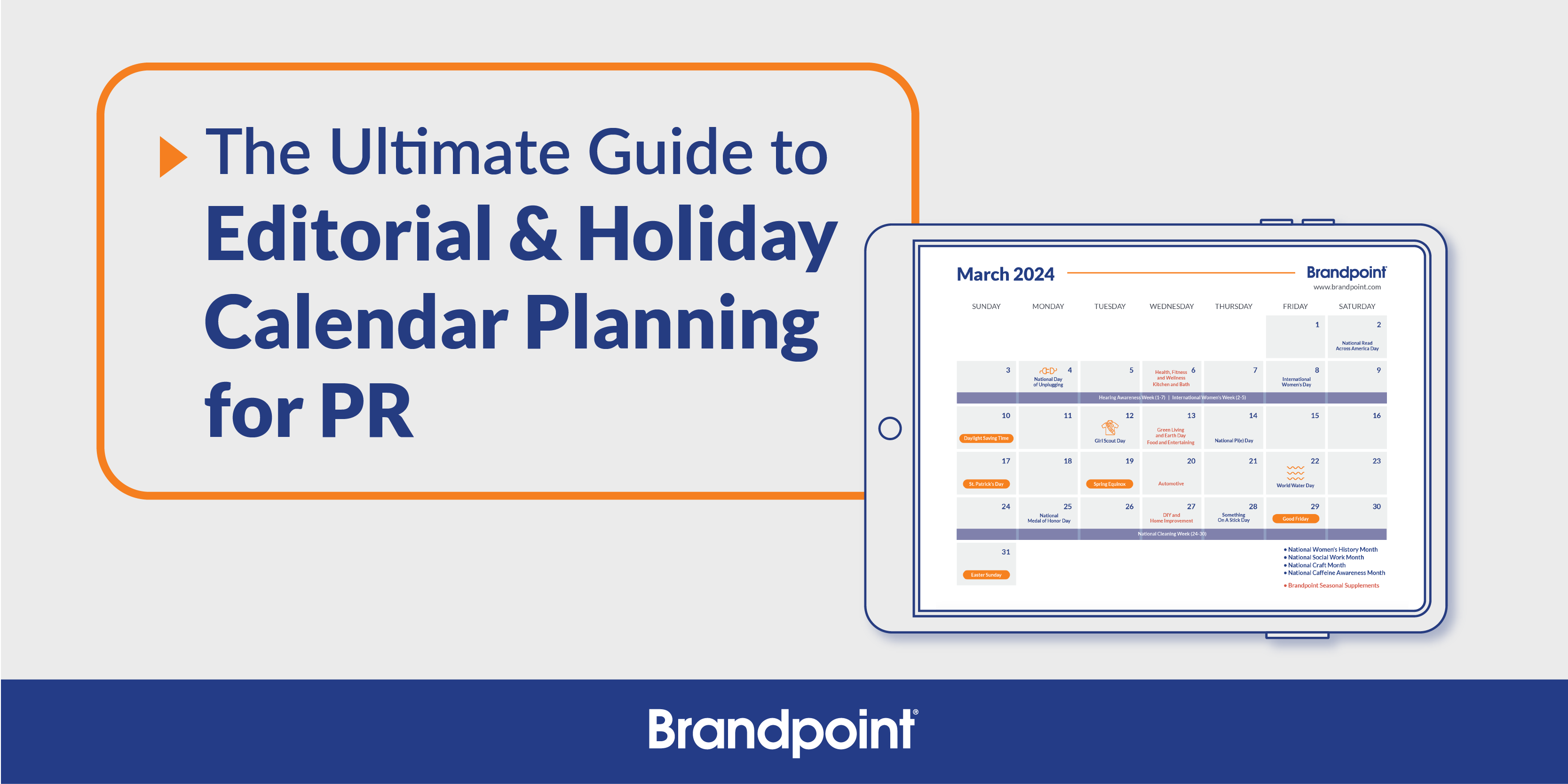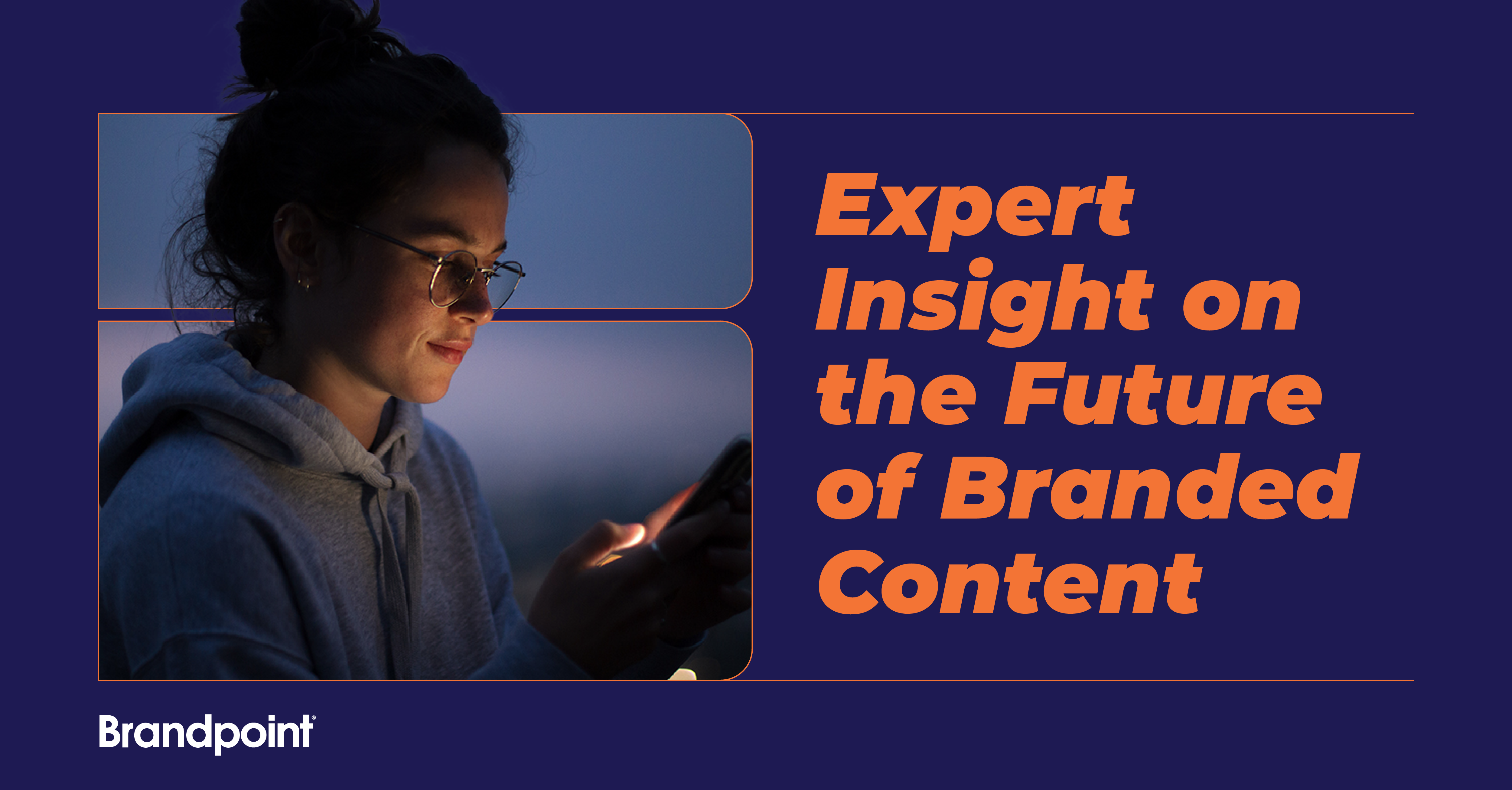I first met Sarah Panus virtually during the pandemic. We had a delightful Microsoft Teams meeting to talk about what the heck it meant to be a marketer in 2020.
Business was still running as usual for a lot of people, and while a lot of factors of our days looked wildly different than before, talking with Sarah reminded me that there was still a constant theme that marketers shouldn’t forget, COVID-19 or not: empathy.
Sarah’s content marketing consultant company is named Kindred Speak and she focuses on helping clients to “build a brand storytelling framework.” And in a world where we’re operating more online than we have in the past, the connection that storytelling brings is even more important than before.
I was able to ask Sarah some questions about the concept of “brand empathy,” which really stood out to me, as well as how companies can leverage storytelling to authentically connect with their audiences.
[Read more: Get insights from Kristi’s 22 years of experience!]
Let’s start out with the basics. In your words, how would you describe brand empathy?
Brand empathy is about connecting heart-to-heart and mind-to-mind with your audience.
Where’s the line between brands empathizing with current events versus capitalizing on trending topics and falling into the news bait trap?
Well, I think about it as empathizing with their target audience’s life. So, it doesn’t matter if it’s about current events, a trending topic or something seemingly mundane. If it’s something your audience is impacted by, cares about and your research shows they want to talk about/or are dealing with [it], your job on the brand-side is to understand their thoughts and think of ways to connect with them on it. Put yourself in their shoes. If it relates to your audience, your content should find a way to authentically relate and connect with them about that topic. Otherwise, you’re not connecting heart-to-heart and mind-to-mind.
I will add, though, that I’ve recently seen several large brands jump into political topics when they’re not a political brand in any way, shape or form. And it’s had mixed-review consequences. If your brand isn’t tied to politics or the specific item being discussed in some way, I don’t recommend jumping in as it’s extremely polarizing right now. And, if you do jump in, do it eyes-wide-open understanding you may be alienating half the U.S. population with your viewpoint. Know your audience.
How would you advise marketers in corporate or agency settings to add a through line of brand empathy messaging in their campaigns? Are there any tips on getting stakeholders on board with what might be more vulnerable content than usual?
The first thing to make clear with stakeholders is that you’re not saying ALL your content has to be upper/mid-funnel content with strong empathy-filters. You need a mix. You have your overarching brand-over-time content which is like a marathon. It’s out there, evergreen, and helps attract, engage and bring folks into your brand. Then under that you also have brand-overnight content that spikes up and down during your seasons of direct sales/buy now/do this now CTAs. You need both because your audience can’t be pummeled with sales content day in and day out. Even if it’s your absolute most favorite brand ever — if they constantly just tried to sell/pitch you all the time, you’re going to tune them out and stop following them. You need a mix.
Then, [when] you have that out of the way, it’s about operationalizing how to think about empathy-filters. My recommendation is to add the question “What’s the empathy-filter?” to your content planning docs and content calendars. Ask yourself/your team why this content matters to your audience. Why will it resonate with their hearts and/or their minds? What data do you have to support it? What research or insights are you seeing right now that support the need for this type of theme in your content?
And, remember — empathy-driven content isn’t all mushy, gushy stuff. It’s content that connects with your audience on some level, and in my experience drives up to 7x better engagements.
What’s an example of a time you were able to connect with audiences through storytelling?
At a previous company I worked at, we were noticing from SEO insights, social listening and performance on already published stories that there was a trend of people having a lot of questions about a certain topic. So, we said, what if we can create a program that answers all of these questions and helps demystify this for people? So, we created a free 30-day program to guide them through it and educate with stories scattered throughout. The program wasn’t selling. But, it was educating and building thought leadership and trust for the brand. So many positive things came out of this initiative, including a HUGE increase in their current owner loyalty program engagement levels as current owners went through the program and were highly engaged, which helps with repeat and referral metrics. It also helped start a dialogue with new potential customers to the brand, and was an easy story for external brand partners to share to help amplify. It was easy to share because it was a useful story that connected because it was rooted in empathy around helping answer people’s questions on that topic.
Are there certain marketing channels that are more effective for brand storytelling?
Anywhere you can unpack the story, such as video, audio and text formats. I’ve seen it work well across your website, brand blog, social, email, podcast, customer loyalty program, internal employee communication platforms and paid ads to amplify across digital channels. And, think about your channel ecosystem for how they work together too. For example, you can have a teaser on social or email that drives to the blog to view the expanded video/article. Or your podcast episode show notes live on your blog, which helps drive traffic to view something else on your site and collect leads, etc.
How do you see marketers’ roles and day-to-day activities evolving in 2021 as things start to “return to normal”? (Whatever that may look like!)
Oh my gosh! Such a great question. From the marketers I’ve spoken with and work with, I don’t actually think it’ll change a ton right away. I think marketers have been able to keep doing their jobs remotely and digitally. It shows the creativity, ingenuity and resilience marketing folks have! But, trends point to the fact that brands are increasing their investments in brand storytelling, so I do see growth as brands work to connect in authentic ways with their audiences and advance their teams (whether that’s internal teams or managing more external content partnerships). So, lots of increased growth in this area. The pandemic forced people to assess various facets in their lives. And, it also cut people off from a lot of human connection at a time when depression and loneliness were already starting to trend upwards in America. And, there’s also an increase in diversity, equity & inclusion roles and discussions too. Brands have a huge opportunity to connect — and I’m talking actually relate/connect — with their audiences in a way that helps lift everyone up by understanding those empathy-filters.
As far as the bottom line, what advice do you have for marketers in showing the ROI of strong, empathetic brand storytelling?
In my experience, brand storytelling content drives the top ROI across all paid media. There are different ways to measure success metrics, and, depending on your business model, varying levels of complexity, from physically adding online tags or pixels to track customer behavior, to media-mix attribution and look-back modeling.
But, beyond actual sales, you have to think about what upper/mid-funnel brand storytelling is doing. It’s attracting and bringing people into the brand. If that content were a relationship, the upper-funnel content is like the first date where you get to know each other, and then later in mid-funnel content, it’s where you’ve decided you think you like this person and want to keep learning more about them to see if you’re in this for the long haul or not.
So, if you can’t track it down to sales, look at other parts of your business process to ID other things that matter. Are you driving visitors to key action pages on your website that have a high value for your company? Are you reducing customer service call volume because your content is filling a need and answering what you’d have to pay headcount to previously answer? Are you generating leads and if so, what does their conversion timing look like? Do they convert in 3, 4, 6 months from now? Helpful to understand since not everyone buys or does the action you want them to do right away. Or, maybe your brand storytelling is all about driving repeat and referral sales with your existing owner base — in which case you’ll track various CRM metrics around engagement, retention, share rates, etc. Or, maybe you need more audience research and you can use your content to start a dialogue around that topic to gather insights and quotes to use in future stories?
What’s the biggest lesson you learned during 2020?
You only fail if you don’t try.
To learn more about Sarah and her consulting agency, please visit the Kindred Speak website!






